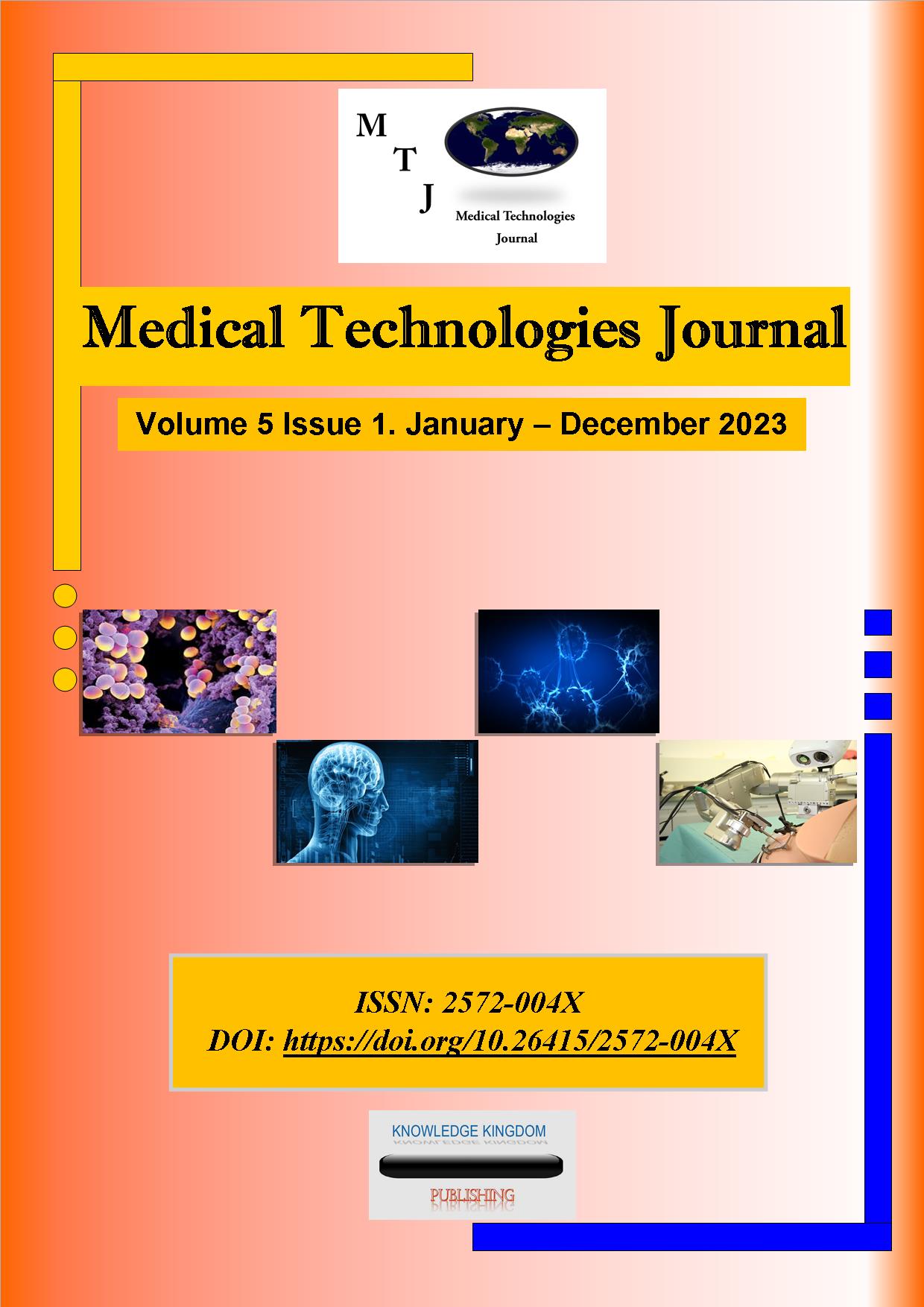Categorization of Emotion Based on Causality
DOI:
https://doi.org/10.26415/2572-004X-vol5iss1p615-627Keywords:
Emotions, Causality, Psychiatry, Artificial Intelligence.Abstract
Background: Emotions come in all shapes and forms. Some of them can be external, visible, and clearly comprehensible, while others can seemingly be coming out of thin air. Knowing what causes an emotion is crucial for better therapy and mental health. Therefore, in this manuscript, we address the problem of emotions causality. Methods: We propose a comparison of three traditional clustering models: Gaussian mixture model, HDBSCAN, and fuzzy c-means, to categorize each emotion described in the DEAP database. It contains over 1700 points, and has no prior label as to which type of stressor the subject’s emotion is generated from. This labelling task has been conducted by a psychiatrist. Results: The fuzzy c-means yields the highest results, with an accuracy of 57.13%, followed by the Gaussian mixture model at 39.49% and the HDBSCAN method with only 18.86%. Another score computed is the mutual information score which shows how homogenous the clusters are for each model. Conclusion: The data from DEAP is very heterogeneous and its density is stable, which may indicate that classification would be the better option, in terms of accuracy and homogeneity of the clusters.Downloads
References
UWA, The science of emotion: Exploring the basics of emotional psychology [Internet]. Livingston (AL): University of West Alabama; 2019 Jun 27 [cited 2022 Jun 29]. Available from: https://online.uwa.edu/news/emotional-psychology/.
Ekman P. What scientists who study emotion agree about. Perspectives on psychological science. 2016 Apr 12;11(1): 31-34. https://doi.org/10.1177/1745691615596992 PMid:26817724
Bouchaffra D, Ykhlef F, Baouta A. Long short-term memory neural network, bottleneck distance and their combination for topological-based facial expression recognition. Image Processing and Intelligent Computing Systems. 2023. https://doi.org/10.1201/9781003267782-10
Bouchaffra D, Ykhlef F, Bennamane Y. Feature extraction based on wavelet transform for classification of stress level. Advances in Multidisciplinary Medical Technologies - Engineering, Modeling and Findings. 2020 Nov 8:77-87. https://doi.org/10.1007/978-3-030-57552-6_6
Ursin H. Expectancy and activation: An attempt to systematize stress theory. Neurobiological approaches to human disease. 1988:313-334.
Singh A. Build better and accurate clusters with Gaussian mixture models [Internet]. Indore (MP): Analytics Vidhya; 2019 Oct 31 [updated 2022 Jun 15; cited 2022 Aug 13]. Available from: https://www.analyticsvidhya.com/blog/2019/10/gaussian-mixture-models-clustering/
Dias M. L. D. Fuzzy c-means: An implementation of fuzzy c-means clustering algorithm. [Internet]. 2019 May [cited 2022 Jul 14]. Available from: https://git.io/fuzzy-c-means
Pedregosa F, Varoquaux G, Gramfort A, Michel V, Thirion B, Grisel O, Blondel M, Prettenhofer P, Weiss R, Dubourg V, Vanderplas J, Passos A, Cournapeau D, Brucher M, Perrot M, Duchesnay E. Scikit-learn: Machine learning in Python. J Machine Learning Research. 2011; 12(85):2825−2830.
Brownlee J. Multi-label classification with deep learning [Internet]. San Juan (PR): Guiding Tech Media; 2020 Aug 31 [updated 2020 Aug 31; cited 2022 Aug 3]. Available from: https://machinelearningmastery.com/multi-label-classification-with-deep-learning/
Downloads
Published
Issue
Section
License
Copyright (c) 2023 Medical Technologies Journal

This work is licensed under a Creative Commons Attribution-NonCommercial 4.0 International License.


